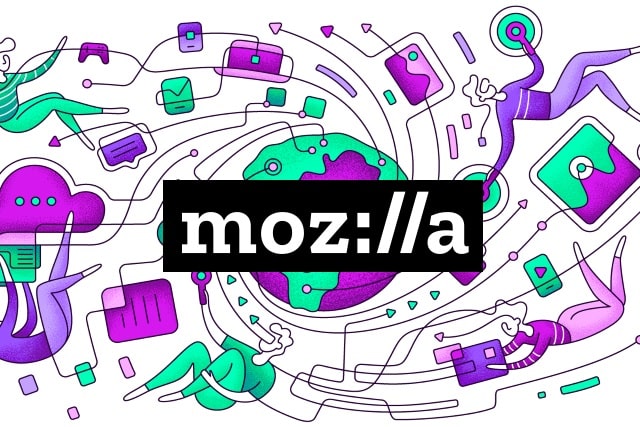Mozilla sets out its vision of the web of the future

The future of the web, or the web of the future? Whichever way you look at it, the web as we know it is in a state of constant and necessary evolution. There are many companies contributing to this, but browser developers have major roles to play -- Mozilla included.
The Firefox maker has set out, in broad strokes, its vision of the changes wants to see. In all, there are nine key areas that Mozilla wants to focus its efforts on, including encryption, accessibility, privacy, and breaking down language barriers.
See also:
- Android Messages and Dialer apps sent data to Google without consent
- After tests, Microsoft has decided to add the 'System requirements not met' watermark to Windows 11
- Microsoft confirms it was hacked as Lapsus$ leaks 37GB of source code
Mozilla points to the obvious success of the web but suggests that its popularity has served as both a help and a hindrance. Comprising a mishmash of old and new technologies, there is a level of complexity that slows things down in many ways -- including the speeds of browsing and development.
Driven by the belief that the web often fails to be accessible to everyone, open to everyone, and empowering for everyone, Mozilla has published what amounts to something of a manifesto, detailing the nine areas it thinks needs attention:
- Protect user privacy: Essentially all user behavior on the web is subject to tracking and surveillance. A truly open and safe web requires that what people do remains private; this requires gradually shifting the ecosystem towards a new equilibrium without breaking the web in the process.
- Protect users from malicious code: Users must be able to browse without fear that their devices will be compromised, and yet every web browser routinely has major security vulnerabilities. The technologies finally exist to significantly reduce this kind of security issue; we are increasing our use of them in Firefox and look forward to others doing the same.
- Encrypt everything: All user communications should be encrypted. We are near the end of a long process to secure all HTTP traffic, and encryption needs to be retrofitted into existing legacy protocols such as DNS and built into all new protocols by default.
- Extend the web... Safely: New capabilities make the web more powerful but also create new risks. The value added by new capabilities needs to be weighed against these risks; some applications may ultimately not be well suited for the web and that’s OK.
- Make the web fast enough for any use: While web browsers are much faster now than they were five years ago, we still see major performance issues. Fixing these requires making both browsers and infrastructure faster, and also making it easier and more attractive for people to build fast sites.
- Make it easy for anyone to publish on the web: While early websites were relatively simple and easy to build, the demands of performance and high production values have made the web increasingly daunting to work with. Our strategy is to categorize development techniques into increasing tiers of complexity, and then work to eliminate the usability gaps that push people up the ladder towards more complex approaches.
- Give users the power to experience the web on their own terms: The web is for users. In order to fulfill that promise we need to ensure that they, not sites, control their experience, whether that means blocking ads or viewing content in accessible form. This requires building a browser that displays the web the way the user wants it -- rather than just following instructions from the site -- as well as strengthening the technical properties of web standards that enable this kind of reinterpretation.
- Provide a first-class experience for non-English-speakers: The technical architecture and content ecosystem of the web both work best for North-American English speakers, who are a fraction of the world. We want the web to work well for everyone regardless of where they live and what languages they speak.
- Improve accessibility for people with disabilities: As web experiences have grown richer, they’ve also become more difficult to use with assistive technology like screen readers. We want to reverse this trend.
You can read through the full document here.
